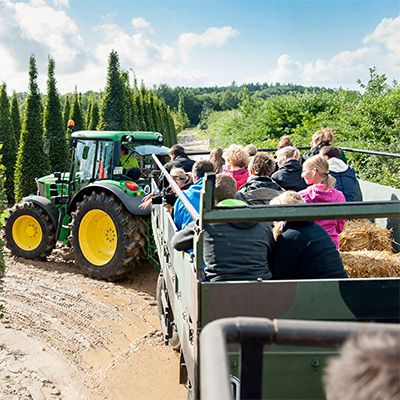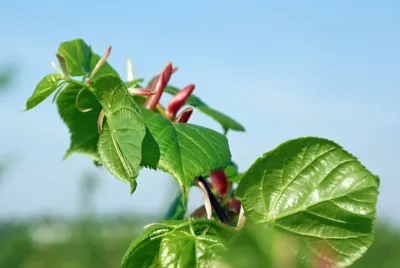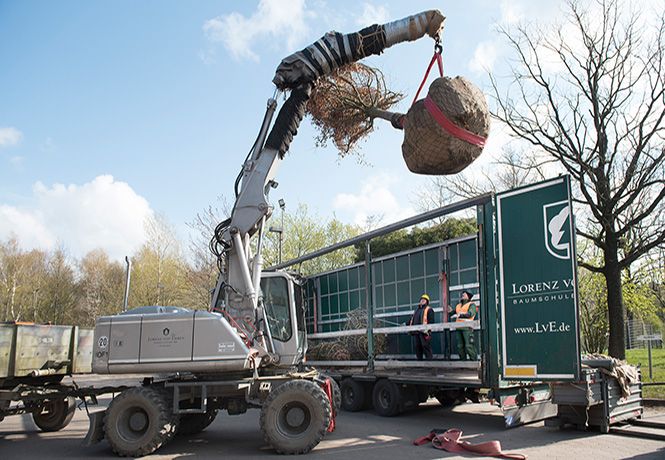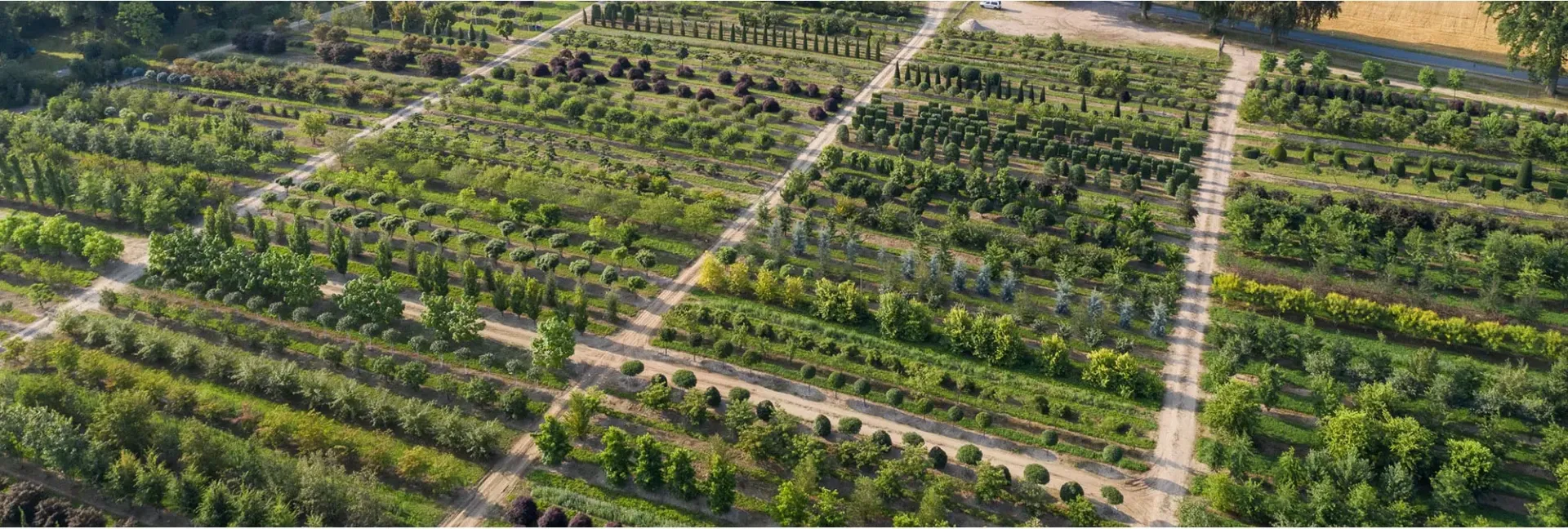
Habitat and eye-catcher for gardens and parks
Examples of native woody plants
Among our great native trees and shrubs we find climate change experts and trees and shrubs that still find optimal habitat conditions in parks and gardens. We present some of them to you and hope that they will serve as inspiration for the use of native tree species, especially as many of these species are valuable for our fauna.
If native and new species are planted together, the insects will find even more space and a particularly high level of biodiversity will be achieved. (Source: LWG aktuell / 2019 Dr Susanne Böll, Rosa Albrecht, Dr Dieter Mahsberg Urban climate trees - suitable habitats for urban insect diversity?)
Note: Due to the fact that Central Europe was completely covered in ice until recently, practically all plant species migrated first. We are therefore talking about populations that have been resident for a long time and can be considered typical for the region.
We are familiar with their habitus, flowers and leaves and many of us associate them with memories.
Hier einige Beispiele:
Acer campestre - Field maple
Betula pendula - Silver Birch
Carpinus betulus - Common Hornbeam
Cornus mas - Cornelian Cherry
Crataegus monogyna - Eingriffeliger Weißdorn
.




“When we talk about native plants, we don't refer to national borders, but to climatic regions and soil conditions.”
Kirsten Cordes, Master Nurseryman, Lorenz von Ehren Nursery
Characteristics and site peculiarities
Acer campestre - Feld-Ahorn
During the flowering period from May to June, Acer campestre bears yellowish flowers that are arranged in clusters or panicles and attract bees in particular, but also other insects. Very adaptable, suitable for almost all locations; avoids fully shaded locations; tolerates urban climates, very wind-resistant
Betula pendula - Silver Birch
Light-hungry, avoids heat and makes no great demands on the soil
Carpinus betulus - Common Hornbeam
Sun to shade; cool to warm locations, tolerates heat if the soil is sufficiently moist, frost-hardy; tolerates urban climates, wind-resistant
Cornus mas - Cornelian Cherry
Tolerates heat and longer dry periods, is wind-resistant and frost-hardy. Overall, the plant is considered an undemanding and adaptable shrub that tolerates all soils from slightly acidic to strongly alkaline. This makes it ideal for urban locations.
Crataegus monogyna - Common Hawthorn
Sun to partial shade; heat-tolerant, frost-hardy; tolerates urban climates, extremely wind-resistant. Provides food for 163 insect and 32 bird species (source: BUND).
Taxus baccata - Common Yew
Sun to partial shade, full shade is tolerated, tolerates warmth, mostly frost-hardy; tolerates urban climates, moderately wind-resistant; pruning-resistant
Sorbus aucuparia - Mountain Ash, Rowan
Sun to shade; tolerates warmth, but not too dry, prefers cool, moist locations, frost-hardy; wind-resistantt
Sorbus torminalis - Checker Tree, Wild Service Tree
Sun to partial shade, tolerates heat and drought, likes warmth, moderately frost-hardy; wind-resistant. A paradise for birds and insects.
Sorbus intermedia - Swedish Whitebeam
Sun to light shade; tolerates warmth, frost-hardy; tolerates urban climates, extremely wind-resistant
Prunus avium - Gean, Mazzard, Wild Cherry
Sun to light shade; heat-loving, frost-hardy; demanding shrub; limited resistance to urban climates; wind-sensitive
Quercus petrea - Durmast Oak, Sessile Oak
Sun to light shade, heat-tolerant, thermophilic; frost-hardy, but somewhat susceptible to late frost; undemanding and hardy; tolerant of urban climates, moderately wind-resistant
Tilia cordata - Small-leaved Lime
Sun to partial shade; tolerates dry heat, frost-hardy; moderately tolerant of urban climates, wind-resistant
Tilia platyphyllos - Broad-leaved Lime
Sun to partial shade; heat-loving, susceptible to late frost, but frost-hardy
Our unique specimens
You will find particularly beautiful specimens among our unique specimens, our uniquely beautiful, remarkable woody plants.
You are also welcome to take a look at our unique specimens:
Did you know?
All pines have minimal demands on soil and climatic conditions. This makes them almost predestined for poor sandy soils or extreme climatic site conditions. However, the soil must not be wet. They do not mind strong winds, as they are well anchored in the soil with their deep taproots and numerous secondary roots.
Click here for more unique trees: Buy special trees
Take a look at the Deciduous trees at Lorenz von Ehren Nursery
FAQ - Frequently asked questions
What does native mean?
Long-standing, local populations that can be considered typical for the area in question.
Native woody plants - habitat for animals?
A hornbeam can harbour up to 30 insect species, hazelnuts 70 and a native oak tree up to 300 insect species! In a colourful mixed hedge, the number of species increases many times over because habitat and food are provided for various animal species throughout the year.
Is every native tree suitable for every location?
When selecting plants, it is important to ensure that the desired species is also suitable for the intended location. Each species and variety has specific requirements.
Can native woody plants cope with climate change?
In optimal locations, some native tree species can withstand climate change and its effects in the long term, but not all. A mix of native and non-native woody plants is therefore recommended in order to minimise losses as far as possible.
























